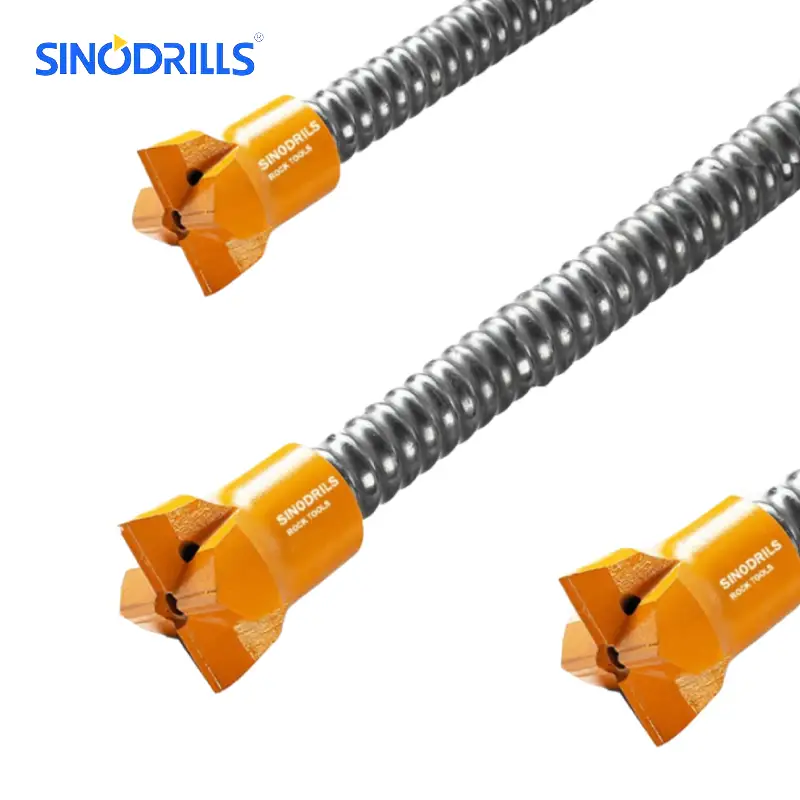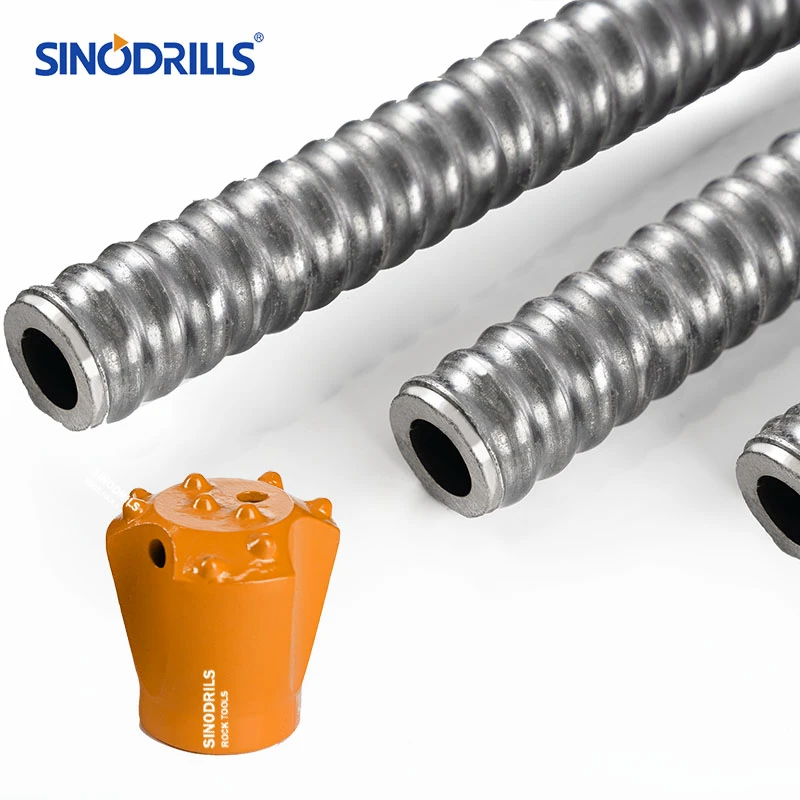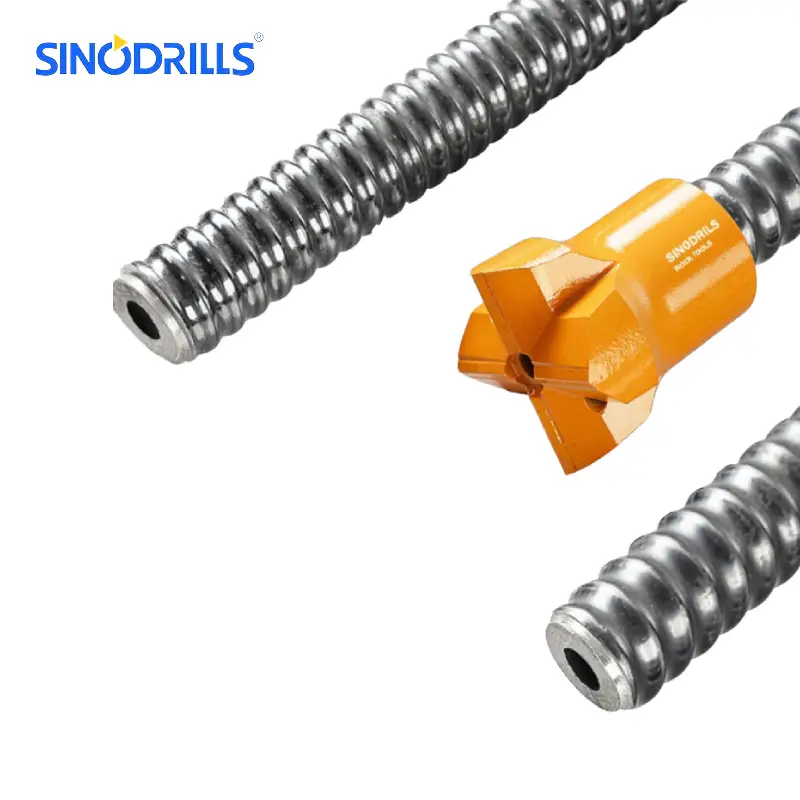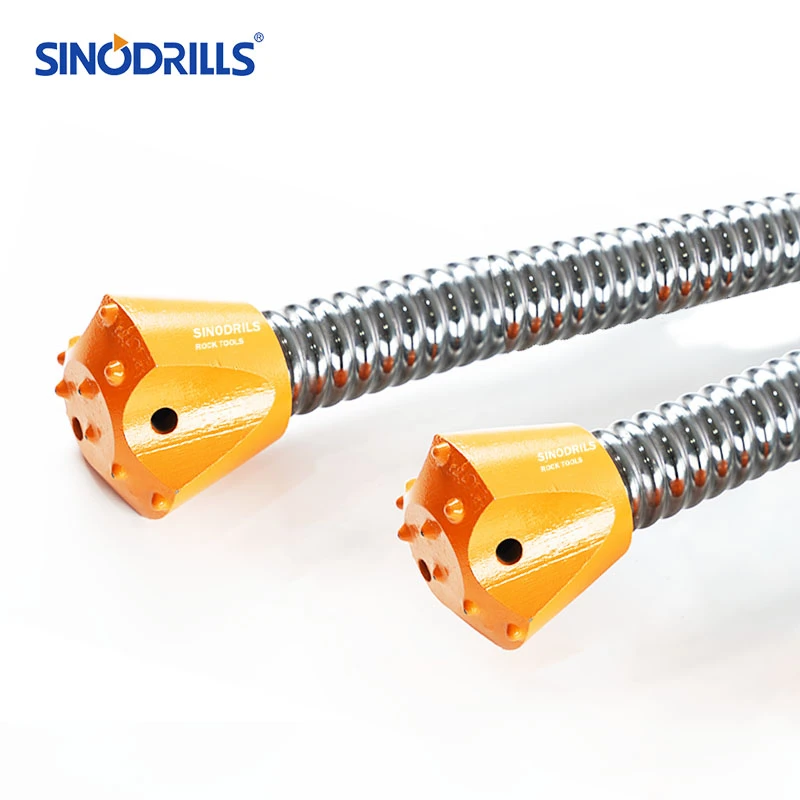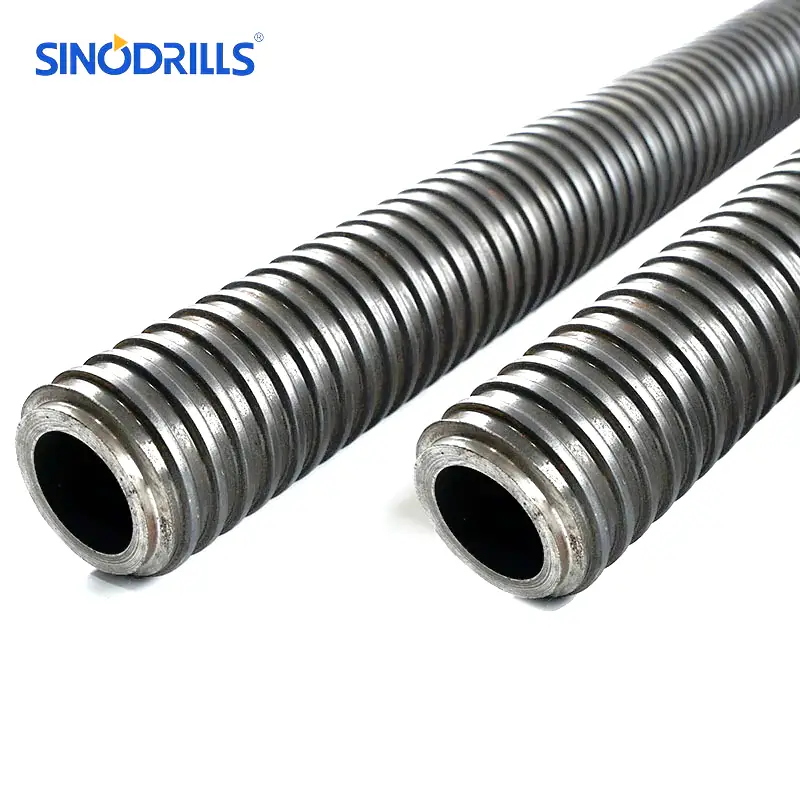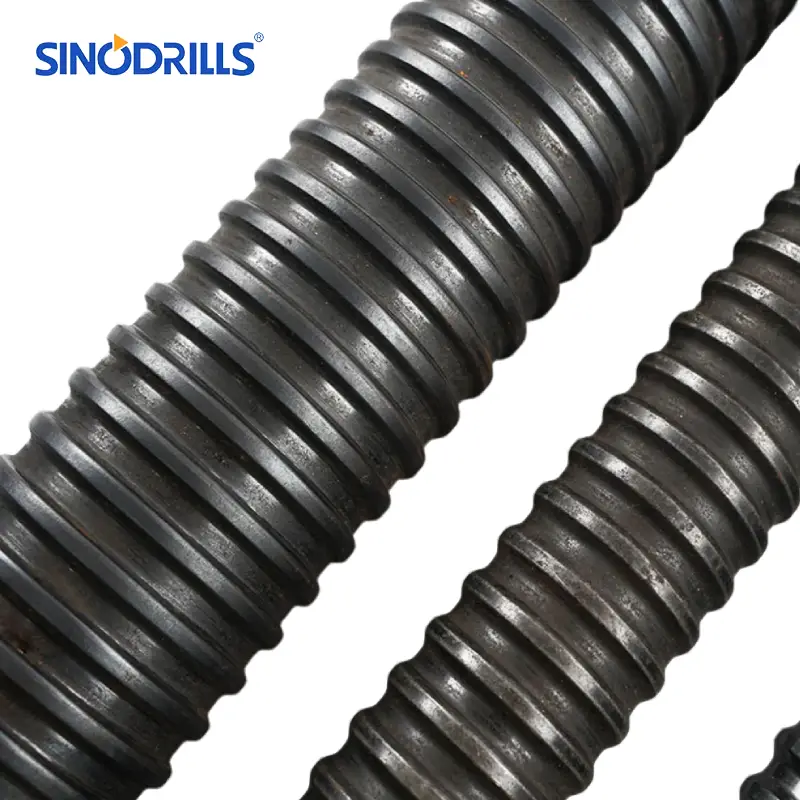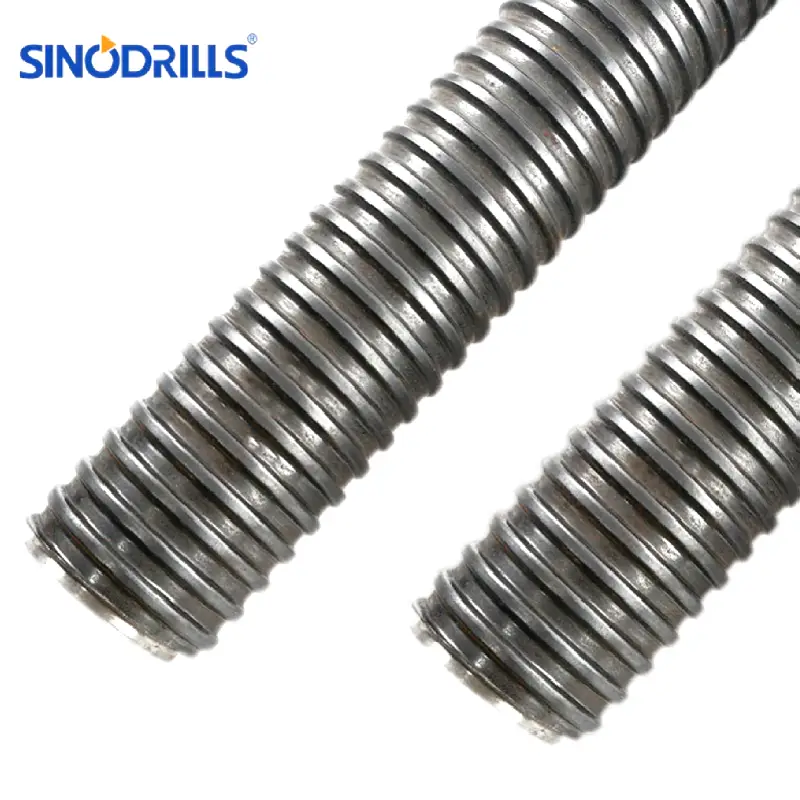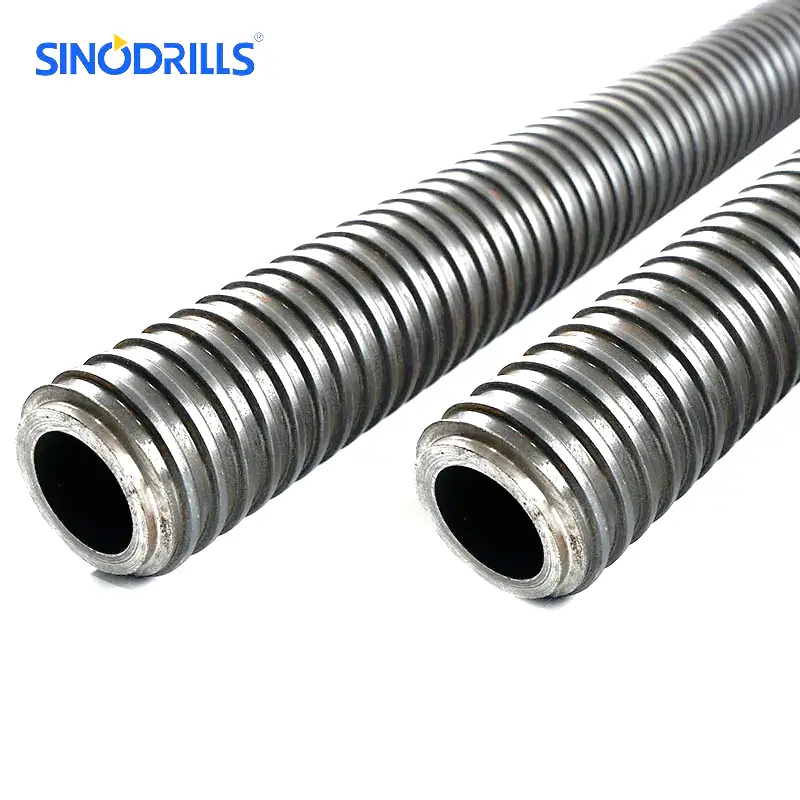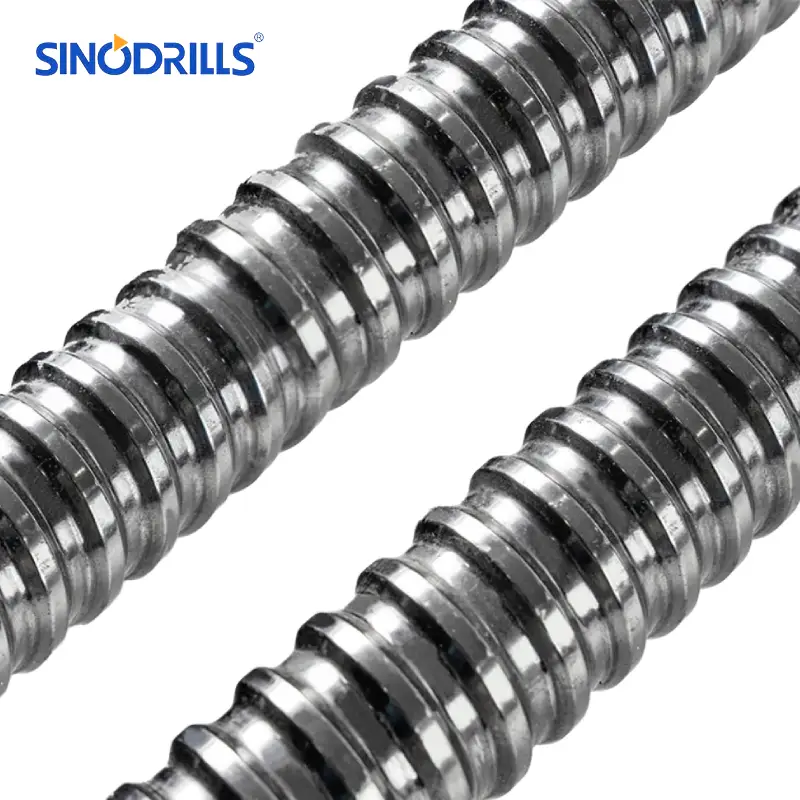Welcome to the ultimate guide on self-drilling anchors! These ingenious fasteners have revolutionized construction and DIY projects by combining drilling and anchoring into a single, efficient step. Forget pre-drilling; these anchors create their own pilot hole, saving time and effort across various materials.
In this comprehensive blog post, we’ll delve deep into the world of self-drilling anchors. We’ll explore their diverse types, understand their key components, and uncover the myriad benefits they offer. Whether you’re a seasoned professional or a weekend warrior, this guide will equip you with the knowledge to confidently select and utilize the perfect self-drilling anchor for your next project.
What Is a Self Drilling Anchor
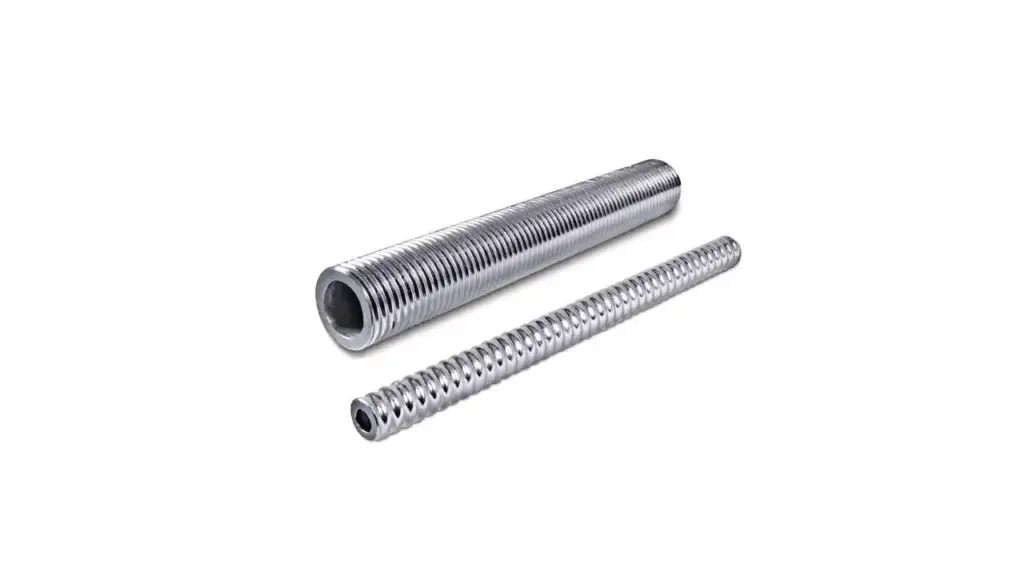
A self-drilling anchor is an innovative fastening device designed for efficient installation in various ground conditions, particularly those considered unstable or challenging such as sand, gravel, silt, clay, and fractured rock.
Unlike traditional anchoring methods that require pre-drilling, self-drilling anchors integrate a sacrificial drill bit with a hollow steel bar. This unique design allows the anchor to drill its own borehole and be simultaneously grouted through the hollow center of the bar.
This simultaneous drilling and grouting process offers several advantages. It eliminates the need for separate drilling and installation steps, saving significant time and labor. Furthermore, the injection of grout during drilling stabilizes the borehole, prevents collapse in unconsolidated soils, and ensures optimal bonding between the anchor and the surrounding ground, enhancing its load-bearing capacity and overall stability.
Recommended Self-Drilling Anchor
What Is a Self Drilling Anchor Used for
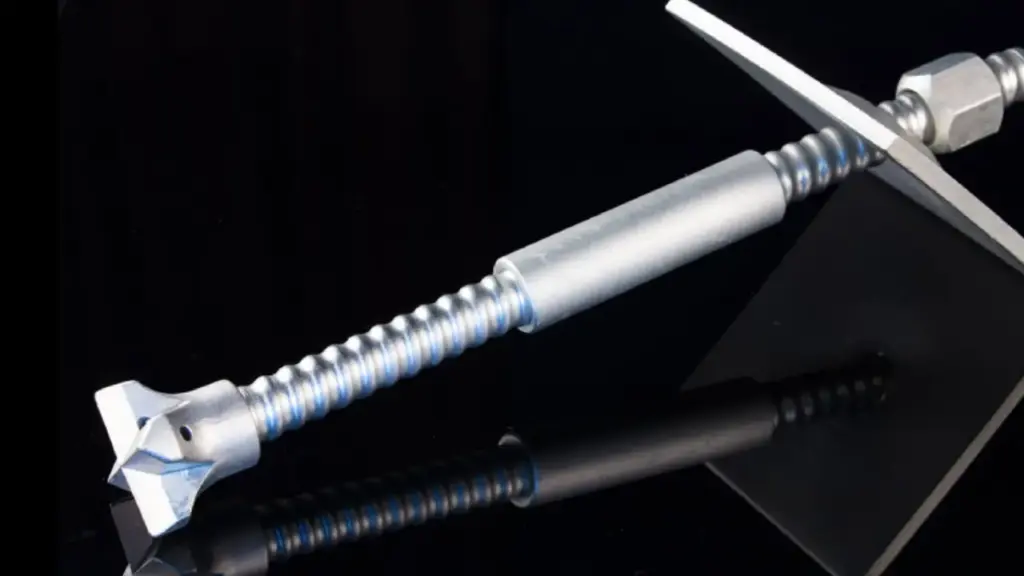
Self-drilling anchors have become indispensable tools in modern construction and geotechnical engineering, offering a streamlined approach to ground reinforcement. Their unique ability to drill and grout simultaneously makes them particularly valuable in challenging soil and rock conditions where traditional methods often fall short.
This innovative technology has expanded the possibilities for safe and efficient construction in diverse environments.
Slope Stabilization
One of the primary applications of self-drilling anchors is in slope stabilization. These anchors are drilled into unstable rock or soil formations to provide crucial support, preventing landslides and ensuring the safety of infrastructure and surrounding areas. By anchoring the superficial layers to more stable ground below, they counteract gravitational forces and increase the overall shear strength of the slope. This technique is widely used in road and railway construction, as well as in the stabilization of natural slopes prone to erosion or failure.
Tunnel and Underground Support
In tunneling and other underground excavations, self-drilling anchors play a vital role in ensuring the stability of the tunnel lining and preventing collapse. Installed in the crown and walls of the tunnel, they reinforce the surrounding rock or soil mass, creating a safe working environment and allowing for the progression of excavation. Their ability to be installed quickly and efficiently, even in fractured or weak ground conditions, makes them an ideal solution for the demanding requirements of underground construction projects, including mining operations and the development of underground infrastructure.
Foundation Reinforcement
Self-drilling anchors are also extensively used in foundation reinforcement, particularly in situations involving weak or unstable soil. They can be employed as micropiles to transfer structural loads to deeper, more competent strata, providing a solid and reliable base for buildings and other structures. Additionally, they are utilized for underpinning existing foundations that may be settling or require increased load-bearing capacity. This application is crucial in urban environments where construction often occurs near existing buildings, requiring solutions that minimize disturbance and ensure the stability of adjacent structures.
Types of Self Drilling Anchors
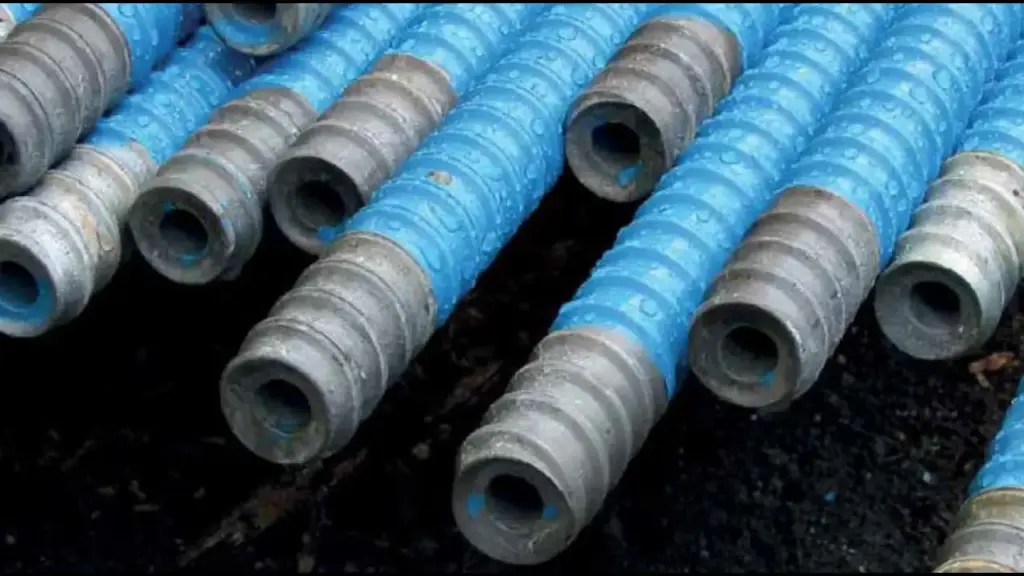
While the fundamental principle of self-drilling anchors remains consistent – simultaneous drilling and grouting – variations exist to cater to specific ground conditions and project requirements. These different types often involve modifications to the drill bit, the steel bar, and the coupling mechanisms.
Understanding these variations is crucial for selecting the most appropriate anchor for optimal performance and efficiency in diverse geotechnical applications.
Standard Self-Drilling Anchors
Standard self-drilling anchors typically feature a single, robust steel bar with continuous external threads along its length. They are equipped with a sacrificial drill bit at the leading end, designed to penetrate various soil and weathered rock formations. Grout is injected through the hollow core of the bar, providing immediate support and bonding as drilling progresses. These anchors are versatile and widely used in a range of applications, offering a balance of strength and ease of installation.
Self-Drilling Anchors with Couplings
For applications requiring longer anchor lengths, self-drilling anchors with couplings are employed. These systems consist of shorter threaded bars that can be connected on-site using specialized couplers. This modular design allows for flexibility in achieving the desired anchor length and simplifies transportation and handling, especially for deep excavations or large-scale projects. The couplings are designed to maintain the structural integrity and grout flow throughout the entire anchor length.
Specialized Drill Bits for Self-Drilling Anchors
The type of drill bit attached to a self-drilling anchor is critical for its performance in different ground conditions. Various bit designs are available, including those optimized for soft soils, dense sands and gravels, or fractured rock.
Some bits incorporate carbide inserts for increased wear resistance and penetration capability in harder materials. Selecting the appropriate drill bit ensures efficient drilling and proper anchor installation, ultimately affecting the anchor’s load-bearing capacity and the overall stability of the structure.
How to Install Self Drilling Anchors?
Self-drilling anchors offer an efficient solution for ground stabilization in various geotechnical and construction projects. Their unique design allows for simultaneous drilling and installation, simplifying the process.
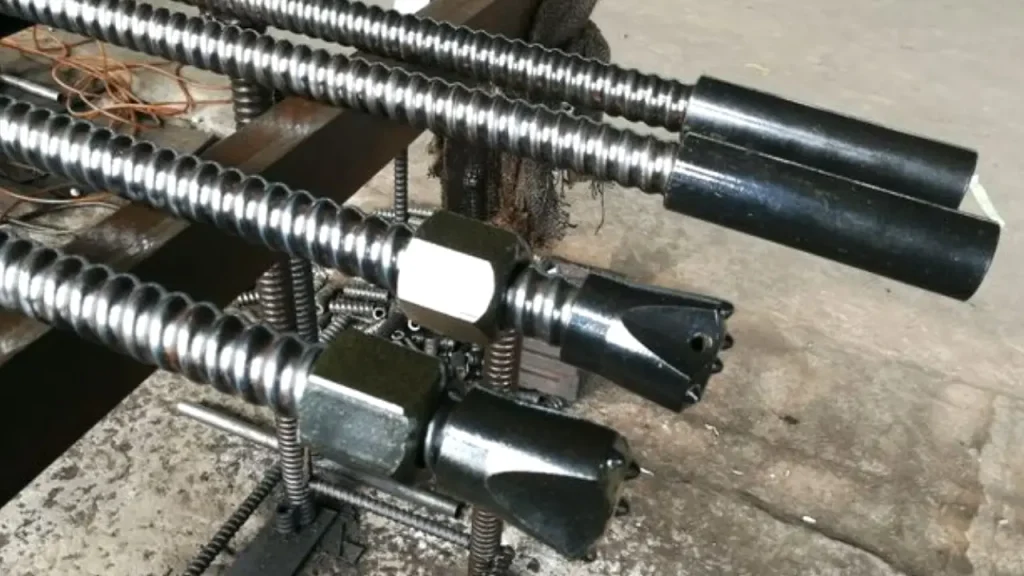
Step 1: Preparation
Before installing self-drilling anchors, ensure the work area is clear and safe. Gather all necessary tools, including a rotary percussion drill, appropriate drill bits for the anchor size, and a wrench. Verify the ground conditions are suitable for self-drilling anchors.
Step 2: Drilling and Installation
Attach the self-drilling anchor to the rotary percussion drill. Begin drilling into the ground at the desired location and angle. The anchor itself acts as the drill bit, simultaneously creating the borehole and advancing into the soil or rock. Maintain consistent pressure.
Step 3: Grouting (if applicable)
Once the anchor reaches the required depth, grouting may be necessary to enhance its load-bearing capacity and corrosion protection. Connect a grout pump to the anchor and inject grout until it flows back out of the hole, indicating full encapsulation.
Step 4: Curing and Testing
Allow the grout to cure for the recommended time, typically several days, to achieve its full strength. After curing, conduct load testing to verify the anchor’s capacity and ensure it meets the project specifications and safety requirements for its intended application.
Where You Can Use Self Drilling Anchors
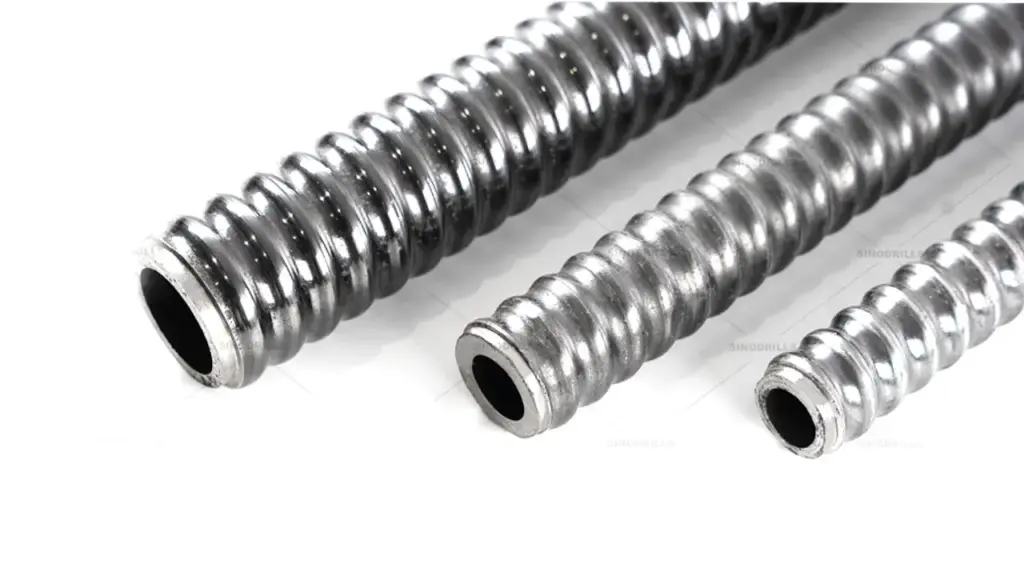
Self-drilling anchors are incredibly versatile and their applications span a wide range of geotechnical and construction projects. Their ability to efficiently install in diverse ground conditions, from loose soils to fractured rock, makes them a go-to solution for numerous stabilization and reinforcement needs. Understanding the breadth of their applicability highlights their significance in modern engineering practices, contributing to safer and more efficient project execution across various sectors.
Mining and Tunneling
Self-drilling anchors are extensively utilized in the mining and tunneling industries. In mining, they provide crucial ground support in underground excavations, ensuring the safety of personnel and equipment by stabilizing rock masses and preventing collapses. Similarly, in tunneling projects, these anchors are essential for reinforcing tunnel linings during and after excavation, particularly in challenging geological formations. Their rapid installation capability minimizes downtime and enhances the overall progress of underground works.
Bridge and Infrastructure Construction
The construction of bridges and other critical infrastructure often involves challenging ground conditions where self-drilling anchors prove invaluable. They are used for stabilizing bridge abutments and piers, ensuring the long-term integrity of the structure. Additionally, they are employed in the construction of retaining walls, providing robust support against soil pressure and ensuring the stability of roadways and railways. Their adaptability to complex geometries and varying soil profiles makes them a preferred choice for infrastructure projects.
Urban Construction and Excavation Support
In densely populated urban environments, self-drilling anchors play a crucial role in supporting excavations for basements, underground parking structures, and other subterranean constructions. They provide a stable and safe working environment by reinforcing the soil around the excavation, preventing collapses that could damage adjacent buildings and infrastructure. Their relatively low vibration and noise during installation are also advantageous in urban settings, minimizing disruption to the surrounding community.
How to Choose the Best Self Drilling Anchors
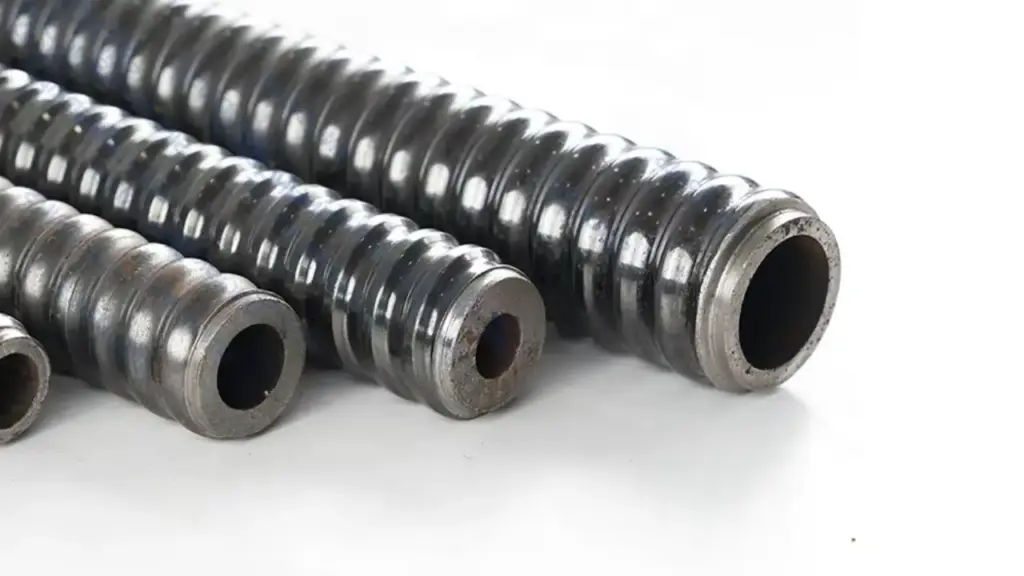
Selecting the right self-drilling anchor for your project is a critical decision that directly impacts the efficiency, safety, and overall success of your ground engineering endeavors. With various types and specifications available, understanding the key factors involved in the selection process will empower you to make informed choices.
Here we will walk you through the essential considerations to ensure you choose the most suitable self-drilling anchors for your specific needs and ground conditions.
Understanding Your Ground Conditions
The first and perhaps most crucial step in choosing the best self-drilling anchors is thoroughly understanding the ground conditions at your project site. You need to conduct comprehensive geotechnical investigations to determine the soil or rock type, its strength characteristics, permeability, and any potential obstructions.
This information will guide you in selecting the appropriate drill bit type, anchor diameter, and the required grout properties to ensure effective drilling and a strong bond between the anchor and the surrounding ground.
Determining the Required Load Capacity
Next, you must accurately calculate the required load-bearing capacity for your anchoring application. This involves considering the anticipated tensile, shear, or compressive forces that the anchors will need to withstand. You should factor in safety margins and consult with structural engineers to ensure your chosen anchors can adequately support the intended loads. The required load capacity will influence the anchor bar diameter, steel grade, and the necessary embedment length to achieve sufficient pull-out resistance.
Considering the Anchor Length and Diameter
You will need to determine the appropriate anchor length and diameter based on your ground conditions and load capacity requirements. The anchor length should be sufficient to reach stable ground beyond any potential failure planes, while the diameter will influence the anchor’s cross-sectional area and thus its tensile strength.
You should also consider any site constraints, such as limited headroom or access restrictions, which might affect the feasible anchor length. Selecting the optimal length and diameter ensures both structural integrity and ease of installation.
Evaluating Corrosion Protection Requirements
Depending on the soil conditions and the intended lifespan of your structure, you need to evaluate the potential for corrosion and determine the necessary level of corrosion protection for your self-drilling anchors. Options range from standard black steel to galvanized or epoxy-coated bars.
In aggressive environments with high moisture content or corrosive soils, choosing appropriate corrosion protection measures will significantly extend the service life of the anchors and prevent premature failure, ensuring the long-term stability of your project.
Assessing Installation Equipment and Techniques
Finally, you should consider the available installation equipment and the preferred installation techniques. Different self-drilling anchor systems may require specific drilling rigs and grouting equipment. You need to ensure that your chosen anchors are compatible with your existing equipment or factor in the cost of acquiring or renting suitable machinery.
Furthermore, understanding the installation process, including drilling speed and grouting procedures, will help you estimate project timelines and ensure efficient and correct anchor placement.
Conclusion
In conclusion, self-drilling anchors offer a versatile and efficient solution for various ground engineering applications, streamlining installation by combining drilling and anchoring into a single operation. Their adaptability to challenging soil conditions and elimination of pre-drilling make them a time-saving and cost-effective choice for projects requiring reliable anchoring.
This comprehensive guide highlights the key benefits and applications of self-drilling anchors, underscoring their growing importance in the construction and geotechnical industries. From tunneling to slope stabilization, their ease of use and robust performance contribute significantly to project efficiency and safety.
For competitively priced solutions, get wholesale self-drilling anchors from Sinodrills. Explore our extensive range to find the ideal anchors for your project requirements.

